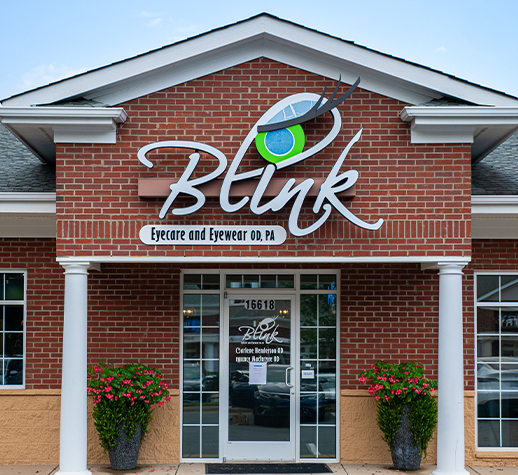
Studies show that almost half of school-going children have myopia. Many kids must wear corrective lenses before they get to grade school. Myopia causes an individual to experience blurry vision and other symptoms that make learning difficult. As a parent, you must keep an eye on your child’s eyesight to determine whether they can see clearly. The following are common signs of myopia in children.
Holding Items Close to the Face
If your child frequently places items close to their face, it may indicate they have difficulty seeing distant objects. If your child experiences blurry vision when looking at objects across the room, they may begin sitting close to the TV. Find out if your child is trying to compensate for the blurry vision by moving closer.
Frequent Complaints of Headaches
Consistent or frequent headaches are common symptoms of myopia. If your child complains of headaches several times a week, you need to contact an eye doctor. Headaches may be due to factors ranging from allergies to temperature changes, but they can also be vision-related. An eye exam will determine if your child has myopia.
Squinting When Focusing
Squinting is a common response to difficulty focusing, as the eyelids create a pinhole effect. It provides temporary clarity as the tension in the eye muscles changes. People with mild myopia often squint as they adjust their focus from near to distant objects. If your child squints when looking at distant objects, it could be a sign of myopia.
Rubbing the Eyes
If your child frequently rubs their eyes, it could indicate a vision problem. The act of rubbing the eyes can be a response to eye fatigue and strain. Pressure from the rubbing can cause tears to be released into the eye, providing temporary relief for dryness and itchy eyes. It can also provide brief moments of clear vision. But remember, rubbing the eyes can cause damage to the eyes.
Covering or Closing One Eye
If your child covers or closes one eye when reading, it could indicate vision difficulty. When one eye is much weaker than the other, covering the weak one can help the stronger one see more clearly. When the prescription between the two eyes has a large difference, it is known as anisometropia. The dominant eye is often more myopic.
Excessive Blinking
Excessive blinking can signify a problem with your child’s vision. Blinking plays a vital role in eye health and helps clear vision. Excessive blinking is an attempt to clear the vision. It spreads tears over the cornea, providing nutrients and hydration and washing away debris.
Tears create a smooth ocular surface, allowing light rays to enter the eye effectively. It is essential to realize that young children do not usually know they are nearsighted or have vision problems. They think the way they see is normal.
Parents must take the initiative to watch for signs of myopia and get their children’s eyes checked. If your child seems unaware of distant people or objects, it could be due to myopia. The best way to determine if your child has vision problems is by scheduling a visit to the eye doctor.
For more common signs of myopia in children, contact Blink Eyecare and Eyewear at our Charlotte, North Carolina office. Call (704) 817-3800 to schedule an appointment today.












